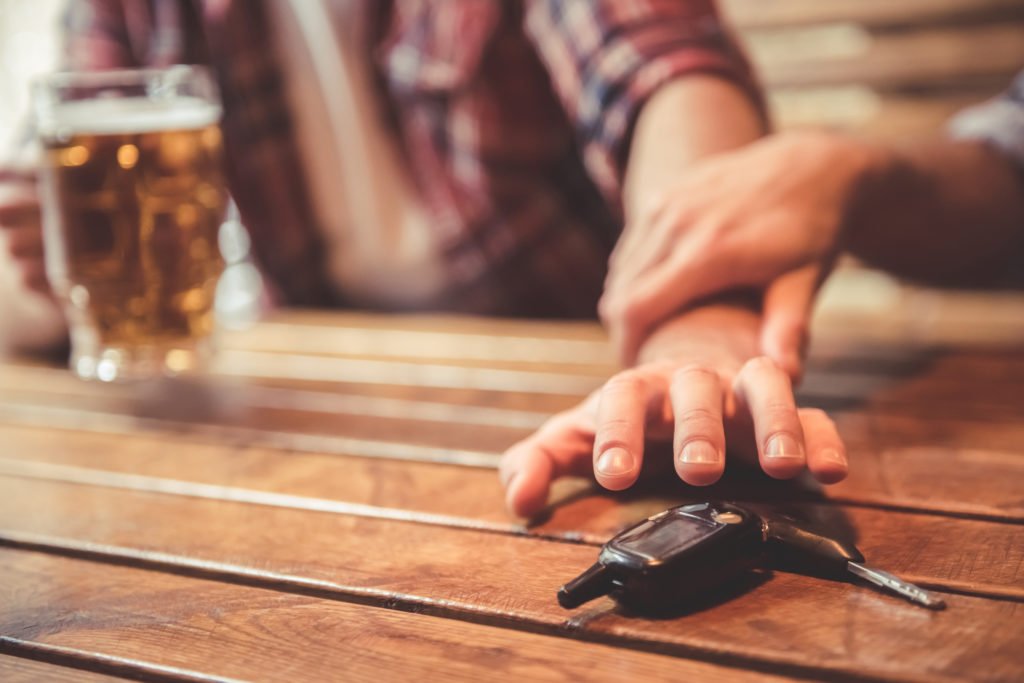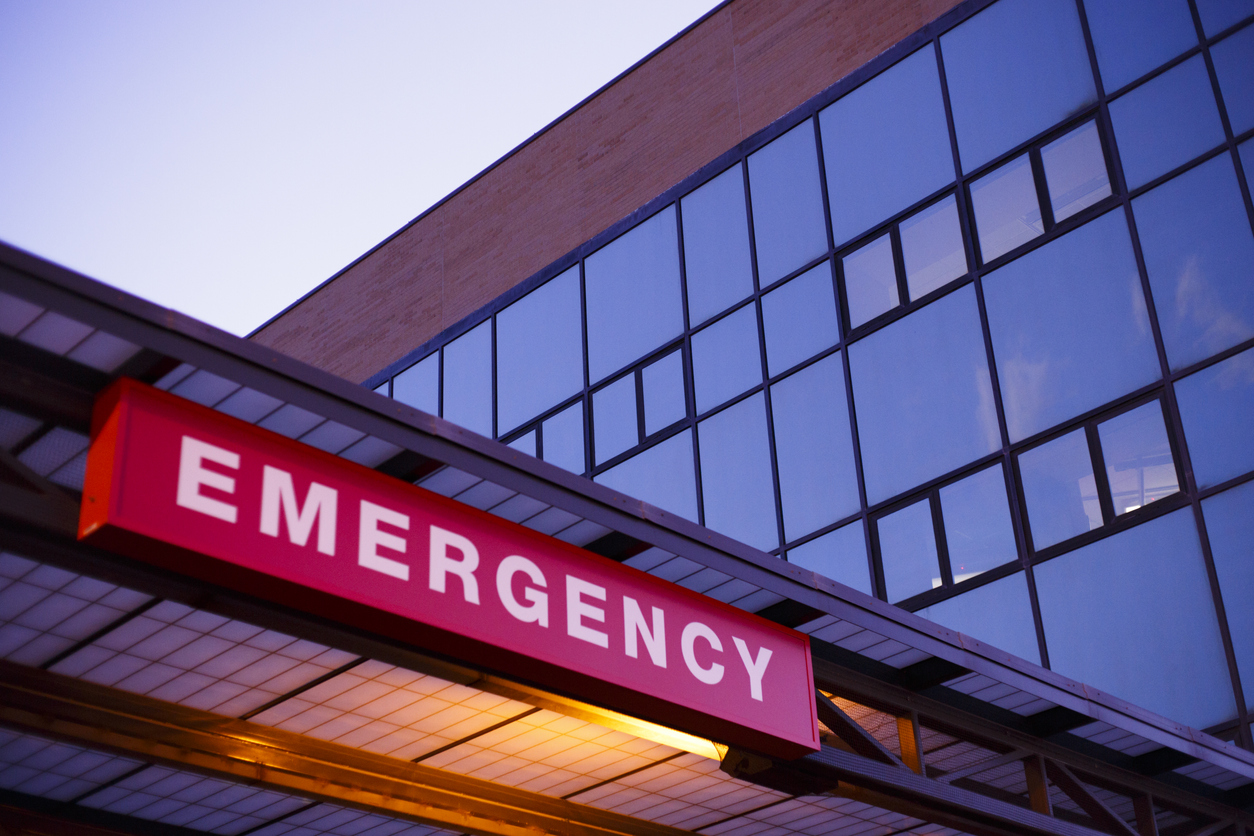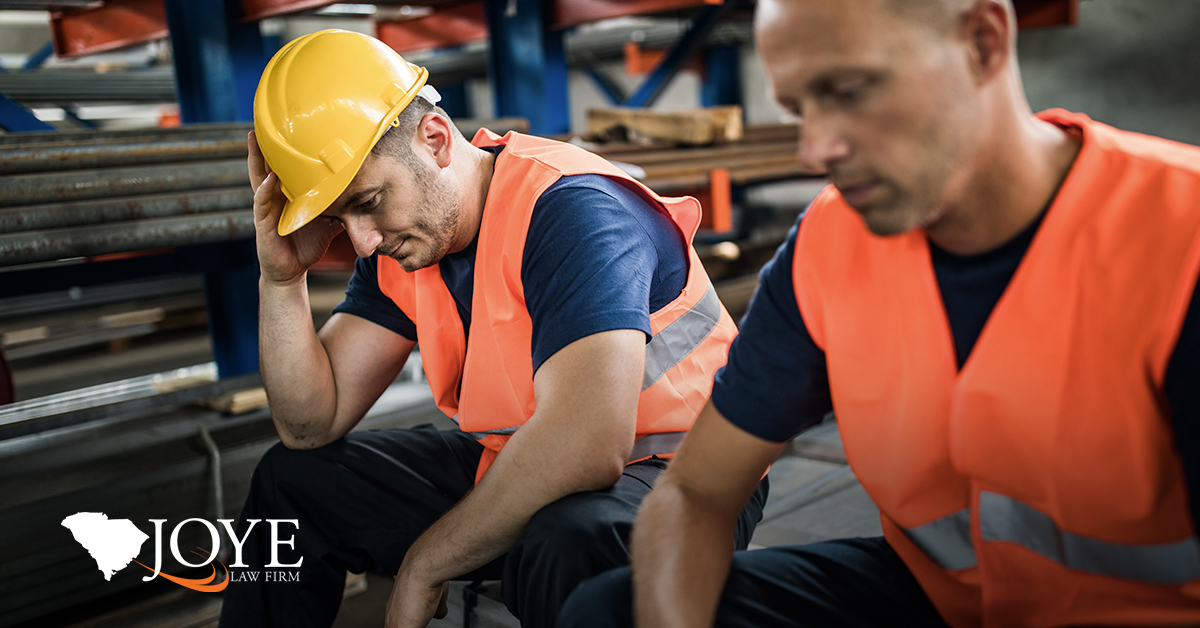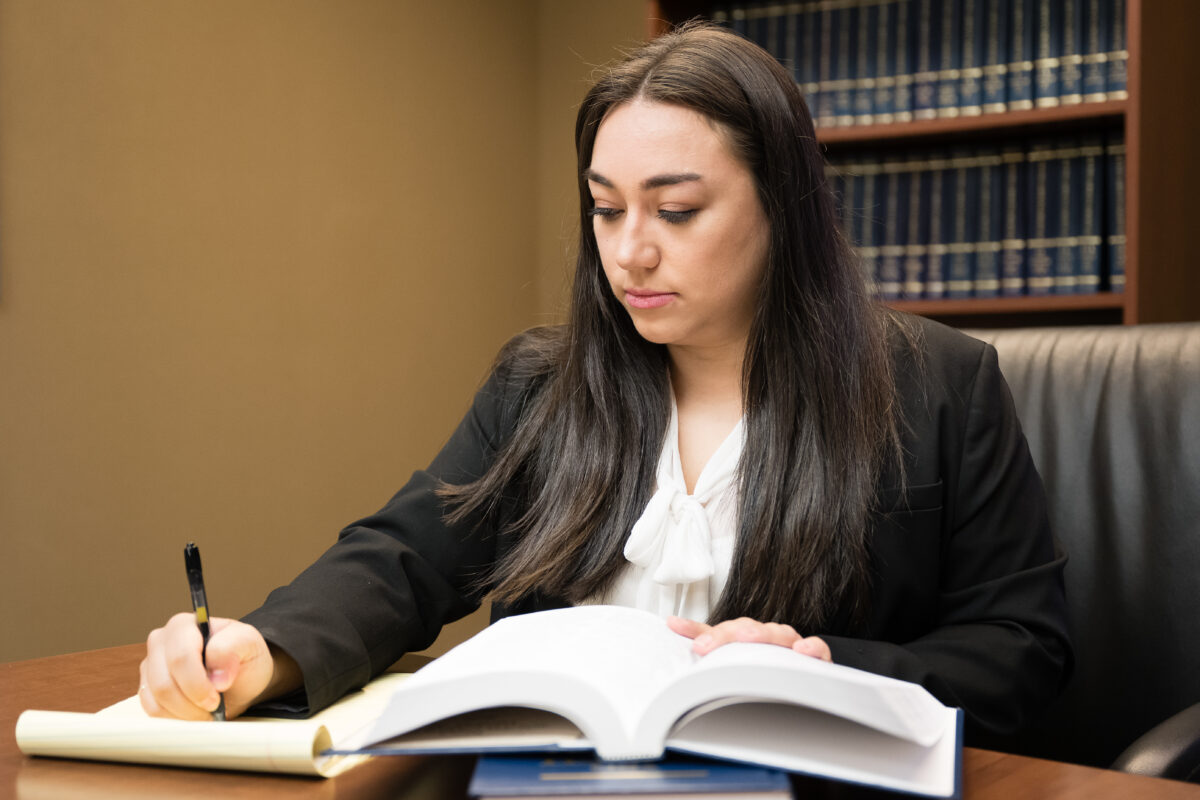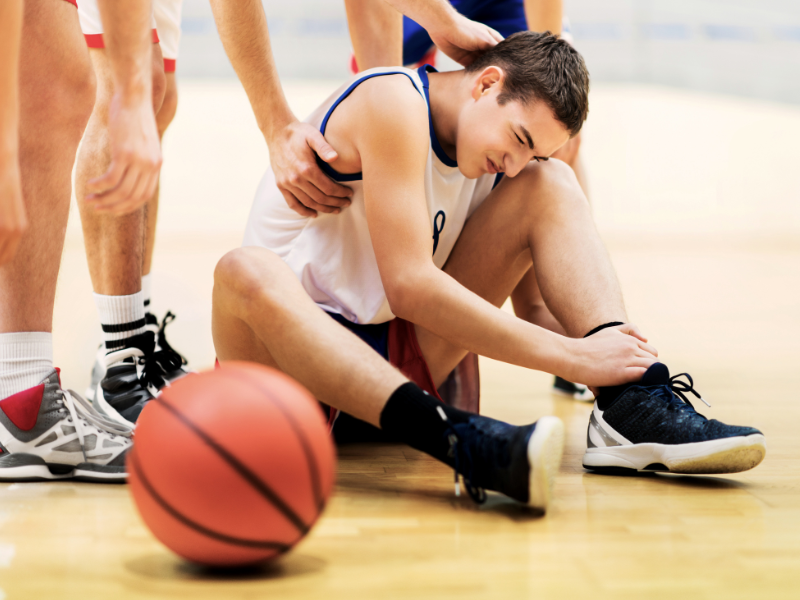
More than 60,000 boys and 35,000 girls play high school sports in South Carolina. Hundreds of thousands more participate in sports as a part of physical education classes. Every one of them risks injury.
As parents, we know we cannot watch over our children at all times. Yet, we also know that other adults have responsibility for children under their supervision. Coaches, trainers, teachers, and schools as institutions that formally supervise children act in the place of a parent and may bear responsibility if a child suffers a sports injury because of their negligence.
Bumps, bruises, and even strains or sprains are often part of the game in high school sports. But if your child suffers a serious injury such as a broken bone, concussion or more severe TBI, or heat stroke, then it is prudent to ask questions and have an attorney review the circumstances. If a teacher or coach’s failure to provide adequate supervision played a part in a youth’s sports injury, the child and their parents may have a right to seek compensation for medical expenses and other losses.
Our compassionate attorneys at Joye Law Firm can help you evaluate whether a sports injury was a preventable injury caused by the negligence of someone supervising the activities or by unsafe athletic fields or playgrounds. Joye Law Firm has been helping injured people in South Carolina for more than 50 years. If we believe that you have a valid sports injury lawsuit, we can help you seek compensation for your child’s medical bills and related expenses. Our goal is to have a positive impact on the lives of people who turn to us for help.
Call Joye Law Firm at 888-324-3100 or fill out our online form to set up a free discussion of your case.
Likelihood of Sports Injuries at School
Each year, more than 3.5 million sports injuries cause injured student-athletes to lose some participation time, according to the Lucile Packard Children’s Hospital at Stanford University and the American Academy of Pediatrics.
The highest rates of injury occur in sports that involve physical contact, such as football, soccer, and basketball. Sports and recreational activities contribute to approximately 21% of all traumatic brain injuries among American children.
Most injuries related to organized sports occur during practice. By far, the most common injuries are sprains and strains.
The American Academy of Orthopaedic Surgeons (AAOS) says teenage athletes are injured at about the same rate as professional athletes. But injuries in high school athletes are often different from those in adult athletes. This is because many high school athletes are still growing.
Growth is generally uneven in teens: bones grow first, which pulls at tight muscles and tendons. This growth pattern makes teenage athletes more susceptible to muscle, tendon, and growth plate injuries. Injuries to the growth plate can result in disturbances to bone growth and bone deformity.
Sports injuries at school can cause problems that require surgery as an adult and may lead to arthritis later in life, the AAOS says.
Types of Injuries Typical in School Sports
The AAOS says injuries among young athletes are generally either overuse injuries or acute injuries, which are caused by a sudden trauma such as collisions between players. Common injuries among young athletes include:
- Concussions, which are mild brain injuries caused by a blow to the head or body that results in the brain moving rapidly back and forth inside the skull
- Severe injuries to the head and neck that may cause damage to the brain or spinal cord, which could lead to paralysis
- Bone fractures
- Sprains, a partial or complete tear of a ligament
- Strains, a partial or complete tear of a muscle or tendon
- Knee injuries, including injuries to ligaments and tendons.
- Achilles tendon injuries, trauma to the thick, corded tendon that connects your calf muscle to your heel
- Joint dislocations that force the ends of your bones out of position
- Rotator cuff injuries caused by repetitive motion involving the shoulder, such as in tennis, swimming, baseball, or football
Heat-related illness is a risk if children involved in sports are not properly supervised. Children who are playing or practicing in hot weather must take breaks and drink water to maintain proper hydration.
Heat stroke is a potentially fatal condition that occurs when an individual’s core body temperature exceeds 104 degrees Fahrenheit. Symptoms include:
- Lack of sweating despite the heat
- Behavioral changes like confusion, disorientation, or staggering
- Seizure or fainting
If your child has suffered a heat stroke or a head injury while participating in sports activities in South Carolina, have a knowledgeable sports injury attorney at Joye Law Firm review the circumstances of the injury. The consultation is free.
Suing a School or Educators for Student-Athlete Injuries
Athletes assume a risk of injury, but the law treats children differently than adults when it considers responsibility for their own actions.
Coaches, trainers, and others responsible for school sports have an obligation for the safety of children they directly or indirectly supervise. This means ensuring student-athletes:
- Have and know how to use protective gear
- Understand and abide by game rules about physical contact with other players
- Are reasonably fit before competing or practicing intensely
- Compete with players of similar size, weight, age, and capability
- Are not pushed beyond reasonable limits during practice and games
- Take scheduled breaks from activity, particularly in hot weather, and remain hydrated
- Are removed from participation and properly examined and treated when injured.
South Carolina’s Student Athlete Concussions Law outlines requirements for restricting injured athletes from S.C. High School League-sanctioned events and practice after a diagnosis of a concussion. The S.C. High School League also has protocols for hydration, heat stress, and athletic participation. In short, these risks are known and rules are in place to mitigate them.
There may be a valid cause for a legal claim if educators in supervisory positions responsible for an injured child’s play ignored policies and procedures, failed to properly equip or instruct the child, neglected signs of injury, or failed to obtain proper care and rest for the injured athlete.
Under South Carolina law, if your child is harmed while in the care of a public school, the school district may be held liable. It’s important to recognize that public schools have sovereign immunity. But South Carolina’s Tort Claims Acts grants injured individuals certain rights. Legal actions involving public schools often have reduced time limits for filing a claim. That makes it crucial to speak with an experienced personal injury attorney as soon as possible to review the sports injury.
A seriously injured child may require extensive medical care and special requirements for education and other needs as they recover. In cases of long-term, disabling, or disfiguring injuries, a claim would seek compensation for ongoing medical needs, the costs of adaptive tools and equipment, and special education requirements.
Contact Our South Carolina School Sports Injury Lawyers
If your child has suffered sports injuries at school in an accident that could have been prevented, your family may be entitled to seek compensation for medical expenses and other losses, including your child’s pain and suffering.
The sports injury attorneys of Joye Law Firm in South Carolina can provide you with a free and confidential consultation about your injured child’s case. Contact the Joye Law Firm now at 888-324-3100 or fill out our online case evaluation form.




